

— Blogs —
—Products—
 Consumer hotline +8618073152920
Consumer hotline +8618073152920 WhatsApp:+8615367865107
Address:Room 102, District D, Houhu Industrial Park, Yuelu District, Changsha City, Hunan Province, China
Product knowledge
Time:2025-07-26 17:49:11 Popularity:575
A soil water content sensor is an instrument used to measure the water content in soil. It typically works by inserting probes into the soil and detecting the soil's volumetric water content (VWC) based on principles like dielectric constant, capacitance, or resistance. The water content is expressed as a percentage (%V/V) or volume ratio (m³/m³). Common technologies include Frequency Domain Reflectometry (FDR) and Time Domain Reflectometry (TDR), which measure changes in the soil's dielectric constant to accurately reflect its water status. The sensor usually has stainless steel probes and a waterproof housing, making it suitable for long-term installation in soil or submerged in water. It is widely used in agricultural irrigation, greenhouse management, soil research, and environmental monitoring.
Soil moisture is a crucial parameter that affects plant growth, soil health, and water resource management. Soil moisture directly influences the absorption of water by plant roots, nutrient transport, and microbial activity. Both excessive and insufficient soil moisture can lead to crop yield reduction, soil degradation, or water waste. Testing soil moisture helps to:
- Optimize Irrigation: Assist farmers in scheduling irrigation times and amounts based on actual soil moisture levels to prevent over- or under-irrigation.
- Increase Crop Yields: Ensure plants grow in the optimal moisture environment, promoting photosynthesis, nutrient absorption, and improving yield and quality.
- Conserve Water Resources: Precise irrigation reduces water wastage, especially in water-scarce areas.
- Support Scientific Research: Provide dynamic soil moisture data to support research on soil properties, climate change, and ecosystem health.
- Water Conservation & Efficiency: Precision irrigation can save 20-30% of water resources and reduce irrigation costs.
- Increased Agricultural Productivity: Real-time monitoring optimizes irrigation and fertilization strategies, improving crop yields by 10-15%.
- Environmental Protection: Reduces soil erosion and groundwater pollution caused by over-irrigation, protecting the ecological environment.
- Data-Driven Decision Making: Provides real-time data for smart farming systems, supporting automated management and scientific decision-making.
Soil water content sensors are widely applied due to their high precision and versatility in the following areas:
1. Agricultural Irrigation
- Monitors soil moisture to optimize drip or sprinkler irrigation systems, ensuring crops grow under the best moisture conditions.
2. Greenhouse and Horticulture
- Monitors soil moisture and temperature in greenhouses, adjusting growing conditions for vegetables and flowers to avoid water stress.
3. Grassland and Pasture Management
- Monitors soil moisture in pastures, guiding grazing and land maintenance, preventing drought or waterlogging.
4. Hydrology and Environmental Monitoring
- Provides soil moisture data to support drought assessment, flood warning, and water resource management.
5. Scientific Research and Education
- Provides high-precision data for soil science, plant physiology, and climate change studies, suitable for field experiments and teaching.
6. Ecological Restoration and Monitoring
- Assesses the recovery of degraded lands and areas affected by soil erosion.
7. Smart City Landscaping
- Monitors soil moisture in urban green spaces and horticultural areas.
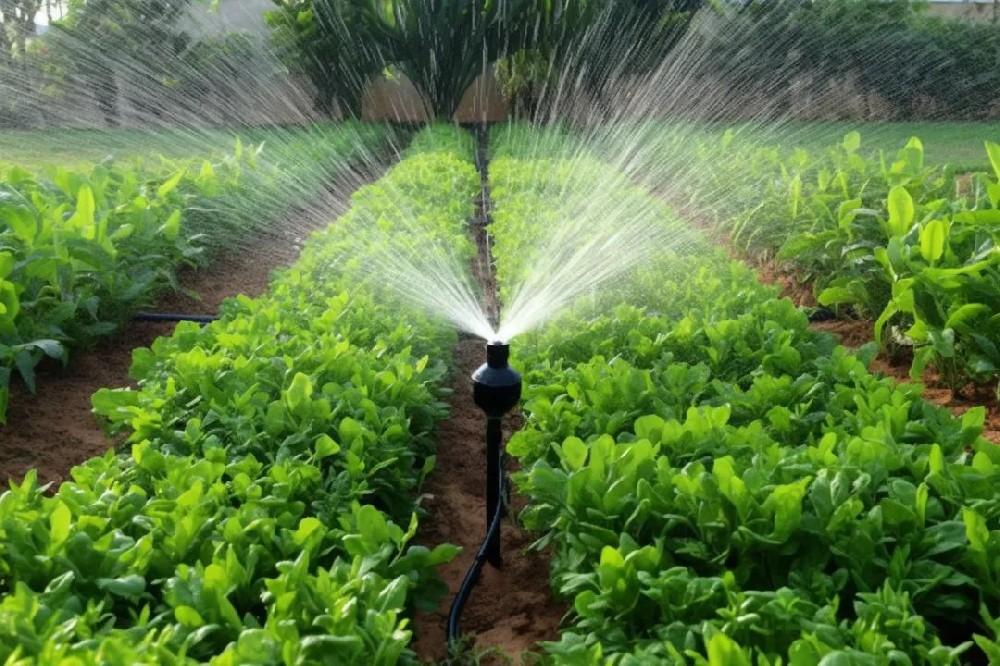
- Precision Agriculture: Supports precise irrigation and fertilization with real-time data, improving resource utilization and reducing production costs.
- Water Resource Management: In water-scarce regions, sensor data guides the rational allocation of water resources, minimizing waste.
- Ecological Protection: Monitors soil moisture changes, assesses ecosystem health, and prevents soil degradation and salinization.
- Smart Management: Integrates with IoT technologies for remote monitoring and automated irrigation, improving management efficiency.
Here are two recommended Niubol soil water content sensors suitable for agricultural, scientific, and environmental monitoring scenarios:
- Overview: A cost-effective sensor that uses FDR technology to measure both soil moisture and temperature, meeting international standards, suitable for agricultural irrigation and soil monitoring.
- Technical Specifications:
- Soil Moisture: 0-100%RH range, 0.1%RH resolution, ±5% accuracy
- Soil Temperature: -40~80°C range, 0.1°C resolution, ±0.5°C accuracy
- Power Supply: DC 5V-24V
- Output: RS485, Modbus protocol
- Protection Class: IP68, suitable for long-term submersion in water
- Probe Material: Corrosion-resistant electrodes
- Operating Environment: -40~85°C
- Dimensions: 4515135mm, electrode length 50mm
- Cable Length: Standard 5 meters, customizable
- Features:
- Measures both soil moisture and temperature for comprehensive data.
- Corrosion-resistant probe, acid and alkaline resistant, suitable for long-term soil insertion.
- High precision and fast response, probe design ensures reliable measurement.
- IP68 protection level, suitable for harsh environments.
- Supports RS485 output, easy integration into smart agricultural systems.
- Applications: Agricultural irrigation, greenhouse management, grassland pasture, soil quick testing.
- Overview: A high-precision, highly sensitive sensor using FDR technology, measures the apparent dielectric constant of soil to obtain the true water content, unaffected by fertilizers and metal ions in the soil, suitable for professional applications.
- Technical Specifications:
- Soil Moisture: 0-100%RH range, 0.1% resolution, ±3% accuracy
- Soil Temperature: -50~100°C range, 0.1°C resolution, ±0.5°C accuracy
- Power Supply: DC 12-24V
- Output: RS485, 4-20mA, 0-5V
- Power Consumption: Approx. 0.3W
- Operating Environment: -40~80°C
- Protection Class: IP68
- Features:
- Higher precision (±3%), suitable for scientific research and high-end agricultural applications.
- Multiple output options (RS485, 4-20mA, 0-5V), strong compatibility.
- Low power consumption, suitable for solar-powered systems.
- Strong anti-interference ability, not affected by soil salinity.
- Compact design, easy installation and maintenance.
- Applications: Soil moisture monitoring, water-saving irrigation, greenhouse management, scientific research.
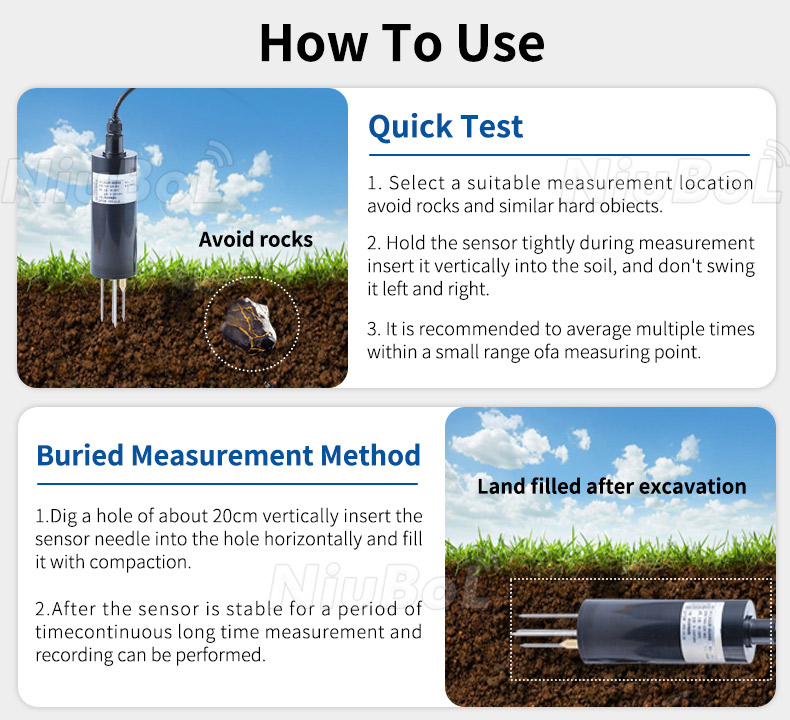
To ensure accurate data from the soil water content sensor, the following installation and measurement steps should be followed:
- Choose representative measurement points, avoid stones and hard objects.
- Dig the topsoil to the desired depth, maintaining the original soil looseness.
- Hold the sensor tightly, insert it vertically into the soil, avoiding shaking, ensuring the probe is in close contact with the soil.
- Take multiple measurements in a small area and average the values to increase data reliability.
- Dig a hole with a diameter larger than 20cm, with depth according to requirements.
- Insert the probe horizontally into the pit wall at the desired depth, fill and compact the soil to ensure close contact between the probe and soil.
- After stabilizing for several hours, long-term continuous measurement can be performed.
- When measuring on hard surfaces, first drill a hole (smaller than the probe diameter), then insert and compact the soil.
- Avoid violent vibrations or impacts on the sensor.
- The sensor is black, which may heat up under strong sunlight (above 50°C); install a sunshade to protect the temperature measurement accuracy.
- After irrigation or rainfall, the measurement value will be closer to the real moisture content; for quick tests, water the soil and measure after moisture penetration.

The soil water content sensor provides crucial data for agriculture, water-saving irrigation, and environmental monitoring by accurately measuring soil moisture content. Its high precision, automation, and durability make it an indispensable tool for modern smart agriculture. The recommended NBL-S-TM and NBL-S-THR sensors meet different needs with cost-effectiveness and high precision, suitable for agriculture, greenhouses, and research scenarios. By correctly installing and using the soil water content sensor, users can optimize irrigation strategies, improve crop yields, save water resources, and promote ecological sustainability. Choose the right soil water content sensor to embrace the intelligent future of precision agriculture. If you need soil sensors, please contact NiuBoL!
1.NBL-S-THR Soil Temperature Moisture Sensor datasheet
NBL-S-THR-Soil-temperature-and-moisture-sensors-Instruction-Manual-V4.0.pdf
2. NBL-S-TMC Soil Temperature Moisture EC Sensor datasheet
NBL-S-TMC-Soil-temperature-and-moisture-conductivity-sensor.pdf
3. NBL-S-TM Soil Temperature Moisture Sensor datasheet
NBL-S-TM-Soil-temperature-and-moisture-sensor-Instruction-Manual-4.0.pdf
4. NBL-S-TMCS Soil Temperature, Moisture, Conductivity and Salinity Integrated Sensor
NBL-S-TMCS-Soil-Temperature-Humidity-Conductivity-and-Salinity-Sensor.pdf
Related recommendations
Sensors & Weather Stations Catalog
Agriculture Sensors and Weather Stations Catalog-NiuBoL.pdf
Weather Stations Catalog-NiuBoL.pdf
Related products
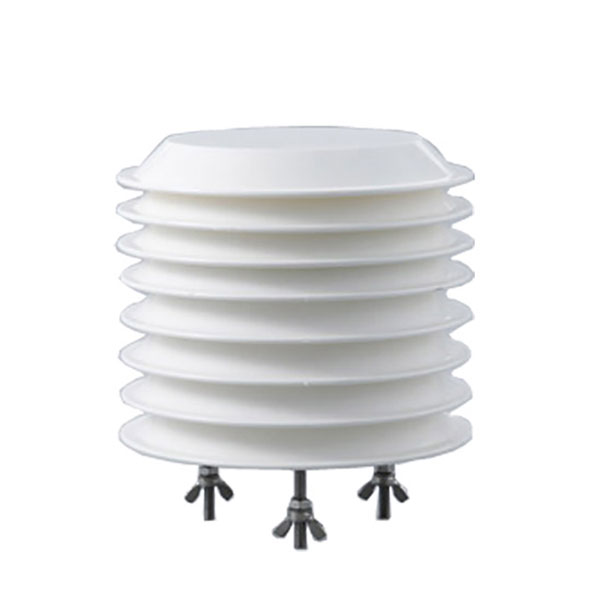 Combined air temperature and relative humidity sensor
Combined air temperature and relative humidity sensor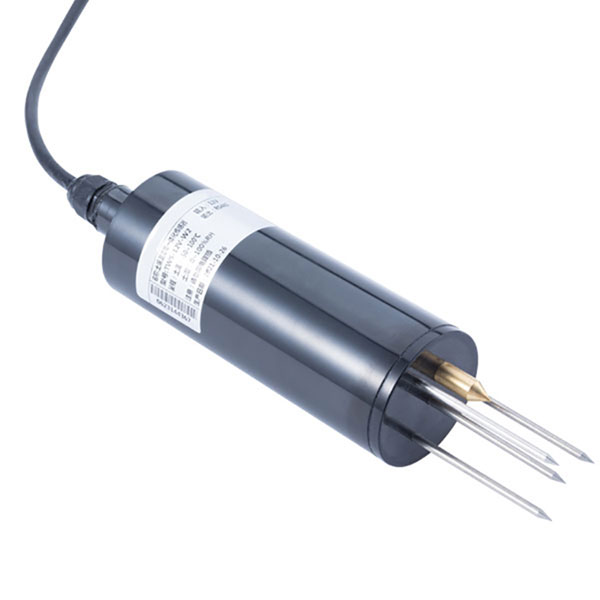 Soil Moisture Temperature sensor for irrigation
Soil Moisture Temperature sensor for irrigation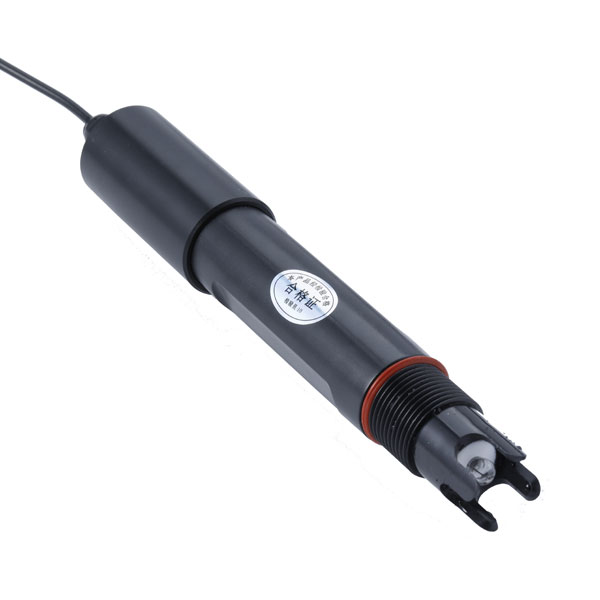 Soil pH sensor RS485 soil Testing instrument soil ph meter for agriculture
Soil pH sensor RS485 soil Testing instrument soil ph meter for agriculture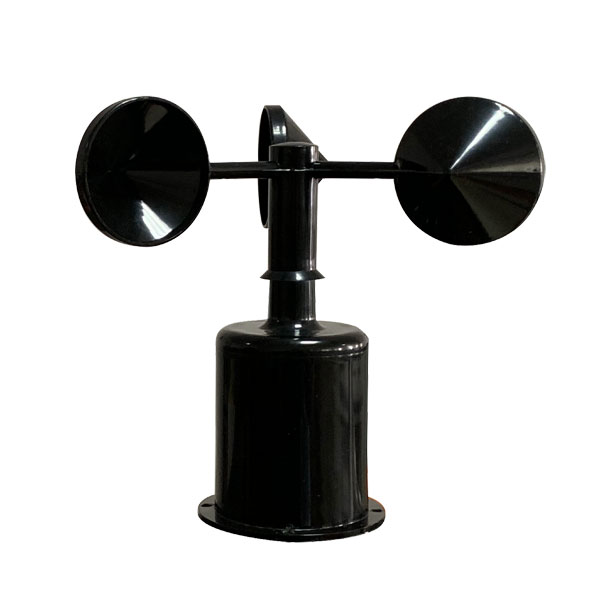 Wind Speed sensor Output Modbus/RS485/Analog/0-5V/4-20mA
Wind Speed sensor Output Modbus/RS485/Analog/0-5V/4-20mA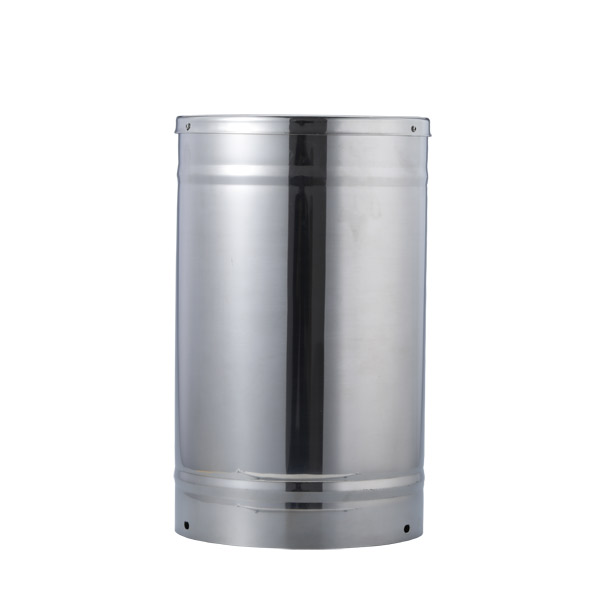 Tipping bucket rain gauge for weather monitoring auto rainfall sensor RS485/Outdoor/stainless steel
Tipping bucket rain gauge for weather monitoring auto rainfall sensor RS485/Outdoor/stainless steel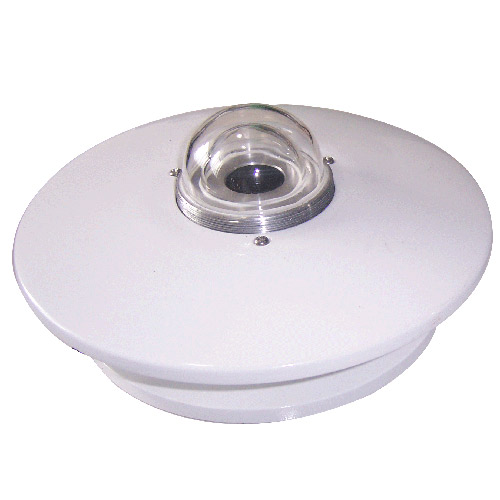 Pyranometer Solar Radiation Sensor 4-20mA/RS485
Pyranometer Solar Radiation Sensor 4-20mA/RS485
Screenshot, WhatsApp to identify the QR code
WhatsApp number:+8615367865107
(Click on WhatsApp to copy and add friends)
